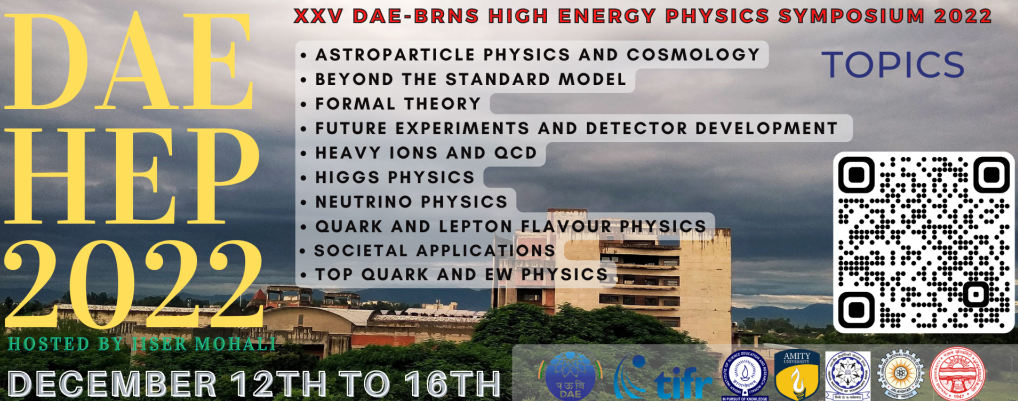Speaker
Description
The charge dependent azimuthal anisotropy of cosmic muon flux at different zenith angles is studied using the mini-Iron Calorimeter (miniICAL) at IICHEP, Madurai. The miniICAL consists of 11 layers of 5.6 cm thick iron plates with 10 layers of 2m$\times$2m Resistive Plate Chambers (RPCs) in between them. The gap between two iron plates is 4.5 cm. The miniICAL was commissioned in 2018 and started taking cosmics data by the middle of 2018. The distribution of muons at the sea level with respect to the azimuth, $\phi$ is affected by factors such as geomagnetic fields and solar modulations whereas the distribution with respect to zenith $\theta$ is mainly affected by the thickness of the atmosphere penetrated by the muons. The iron layers are magnetized with a maximum field of 1.5 T, facilitating charge identification. The data are compared with the simulated events, where cosmic muons are generated using CORSIKA extensive air shower simulation and the detector simulation is done through the GEANT4 toolkits. This paper discusses the comparison of data with simulation and also various systematics associated with the simulation and reconstruction.
| Session | Astroparticle Physics and Cosmology |
|---|
